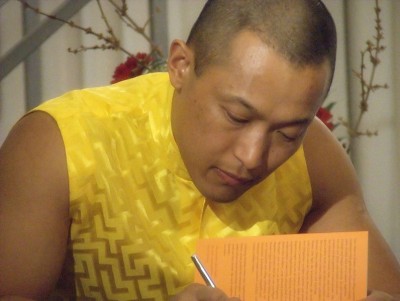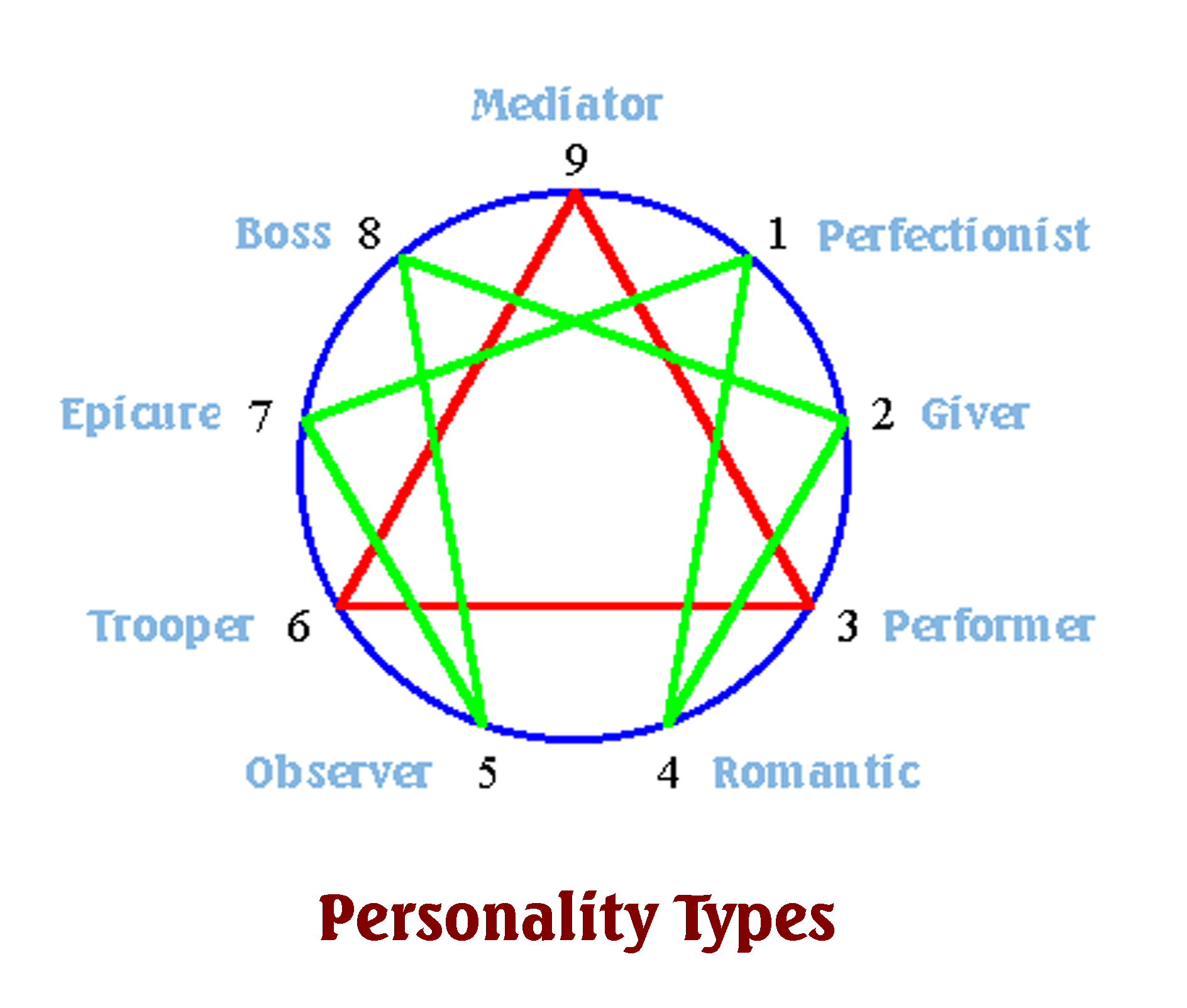For a long time now, I have known that meditation practices include exercise. My formative insight into this came at the final session of my certification training to become a teacher of the Enneagram – a nine sided diagram representing nine different personality types, their fixations and their virtues (more on this in later posts).
A colleague of mine, Susan F., was talking about the way she experienced playing tennis as conscious conduct, i. e. as a meditation practice.
A light went off in my brain and I became excited about resuming tennis from this point of view. I learned to play when I was very young and even played in winter in Chicago after the snow could be shoveled off of the courts when I was in graduate school there.
The next academic year I got married and left school to start my first job in Westchester County, NY. My wife was pregnant and didn’t want to be left to be a “tennis widow”.
I lost my enthusiasm for the game and the practice as I settled down away from academic life, but did manage to get in games of tennis when the weather permitted.
This all changed when Susan knocked me over the head with the new way of looking at tennis. Ever since then, I have incorporated tennis into my meditation practices around four or five times a week. I even joined a tennis club, which surprised me to no end!
Meditation Practices Include Exercise
Even Sakyong Mipham Rinpoche, the leader of the Shambhala Buddhist movement and son of the famous Chögyam Trungpa Rinpoche (whom I met in 1972) agrees that meditation practices include running. In an excerpt from Shambhala Sun magazine, to which I subscribe, he says,
Exercise can be a support for meditation, and meditation can be a support for exercise. Running is a natural form of exercise, for it is simply an extension of walking. When we run, we strengthen our heart, remove stagnant air, revitalize our nervous system, and increase our aerobic capacity. It helps us develop a positive attitude. It creates exertion and stamina and gives us a way to deal with pain. It helps us relax. For many of us, it offers a feeling of freedom. Likewise, meditation is a natural exercise of the mind— an opportunity to strengthen, reinvigorate, and cleanse. Through meditation we can connect with that long-forgotten goodness we all have. It is very powerful to feel that sense of goodness: having confidence and bravery in our innermost being.
Read more here and buy the issue to read the full article.
What he says about running applies just as easily to tennis, swimming, aerobics, walking, mountain climbing, hiking, and many other activities. Meditation practices include exercise of all kinds, even “working out”, which I am not too fond of.
Recently, I have begun to incorporate restorative yoga and Arica Gym as part of my daily meditation practices. The value added by paying attention to what is going on in my body with each movement adds a lot to my practice and keeps me deeply in touch with my body.
How Do You Incorporate Exercise in Your Meditation Practice?
What form of exercise do you love and participate in? How often do you do it? If you have trouble staying with it, what do you think is the cause? If you only do it occasionally, why not try to make it part of your daily meditation practices?
If you would like some help with incorporating exercise into your meditation practices, please leave a comment here or click on one of the share buttons. I would truly like to hear from you.
Thanks for reading my post.








You must be logged in to post a comment.